[Editor’s note: This articl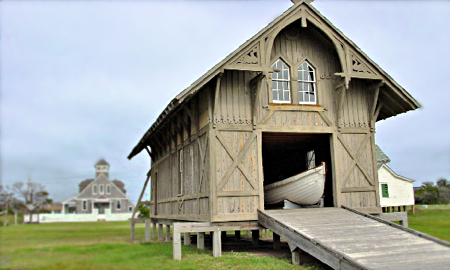 e is reprised from the original located in the North Carolina Maritime Museum publication, The MariTimes (Winter 2021/Spring 2022).]
e is reprised from the original located in the North Carolina Maritime Museum publication, The MariTimes (Winter 2021/Spring 2022).]
In 1974, Nell Wise Wechter put to paper what had been known by the locals on the Outer Banks for decades: the Midgett family was mighty. Wechter, previously known for young adult novels, strayed from her usual genre by writing The Mighty Midgetts of Chicamacomico about the three Midgett keepers at the Chicamacomico Life-Saving Station: Little Bannister Midgett, John Allen Midgett, and Levene Midgett. Her admiration for these men was obvious. In the book, she discusses their selflessness, kind nature, and commitment to service. What Wechter lacked in evidence she certainly made up for in passion and description. However, this raises the question: Were the Midgetts mighty?
Prior to the establishment of the United States Life-Saving Service in 1871, men from the Midgett family were among the prominent families volunteering to assist those involved in shipwrecks. This experience, combined with their knowledge of the sea due to daily work as fishermen, made them ideal surfmen and keepers when the service was established. Oftentimes, that experience helped many Midgetts serve long, admirable careers in both the Life-Saving Service and, later, the Coast Guard when it was formed in 1915. The family boasts of having more than 200 of its members participate in the service since the 1800s, which is the most individual family contributions to a U.S. military agency. Over the course of the family’s service, 10 Midgetts earned Life-Saving Service medals, further cementing their reputation as the Mighty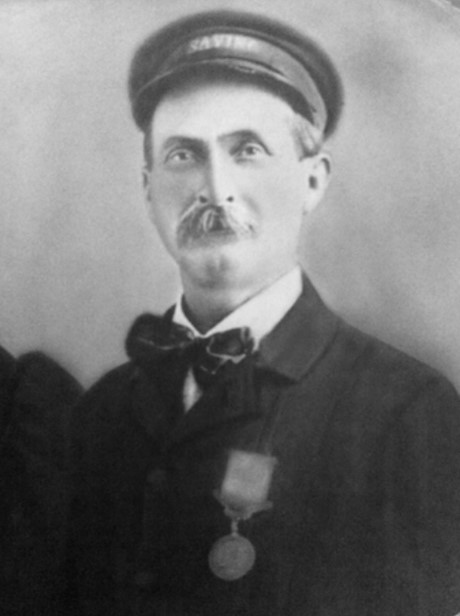 Midgetts.
Midgetts.
The Life-Saving Service was created in 1871, but the legislation to establish stations in North Carolina did not pass until 1873. In 1874, the Elizabeth City North Carolinian reported the construction of stations at Kitty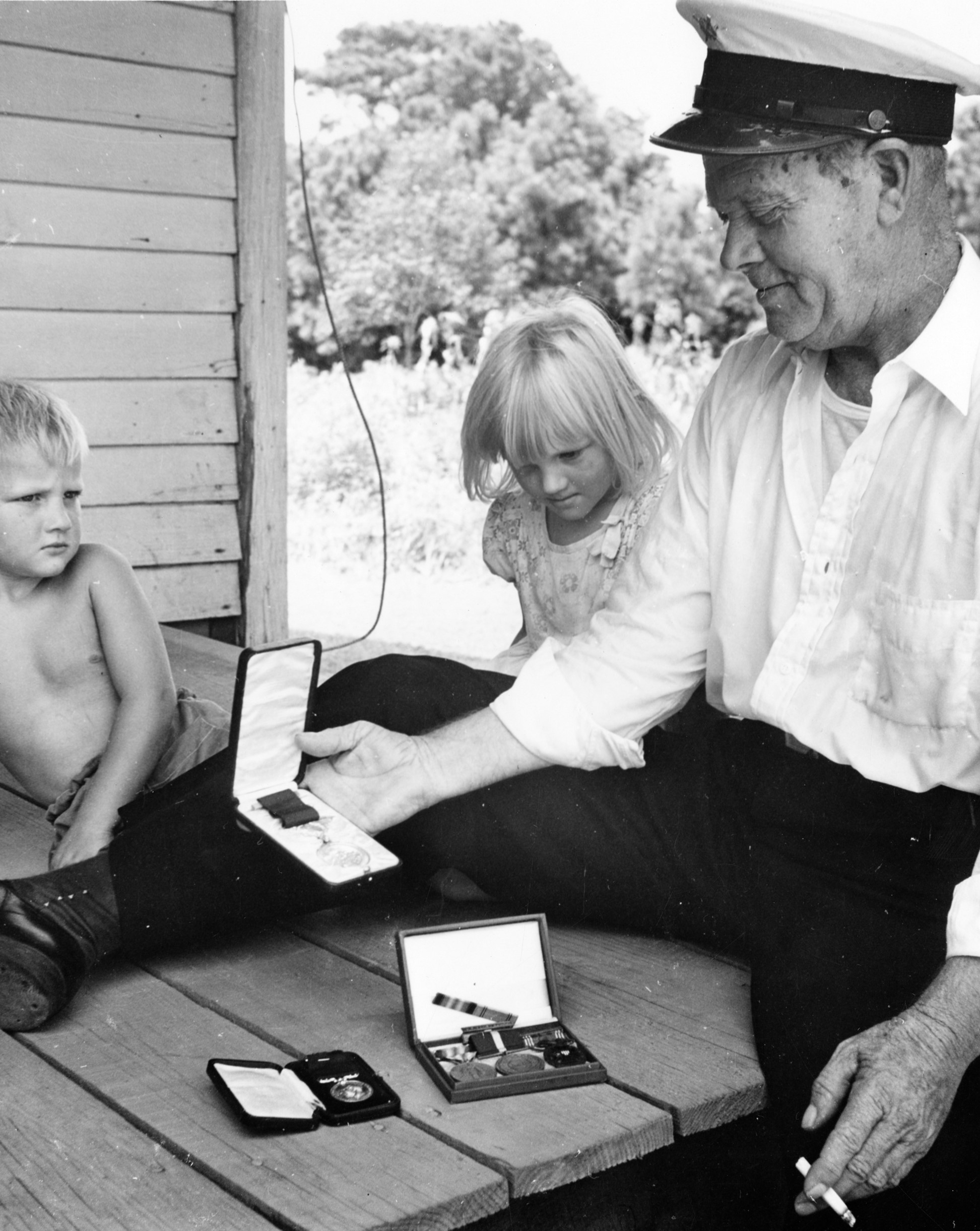 Hawk, Bodie Island, Little Kinnakeet, and Chicamacomico. Within the year, seven stations were completed. In 1879, Little Bannister Midgett became keeper at Chicamacomico, establishing a long relationship between the Midgetts and the Chicamacomico Life-Saving Service Station.
Hawk, Bodie Island, Little Kinnakeet, and Chicamacomico. Within the year, seven stations were completed. In 1879, Little Bannister Midgett became keeper at Chicamacomico, establishing a long relationship between the Midgetts and the Chicamacomico Life-Saving Service Station.
Little Bannister Midgett, known as Cap’n Ban, was the subject of many stories. When suggested he would become a legend someday, Midgett allegedly replied, “Well, I reckon a legend ain’t nothing but a lie that takes on the dignity of age.”
Some of the stories he perpetuated himself includes the claim that he did not know how to read or write due to the Civil War disrupting his public education. It was his responsibility as keeper to record the station’s daily activities in a log and maintain communications with the district offices. He found he could get away with not abiding by some of the written requests from Washington, D.C., by simply declaring he could not read them.
Midgett was responsible for creating the foundation of the Mighty Midgett moniker. As keeper at the Chicamacomico Life-Saving Station, he attracted national attention when he led the rescue of Thomas J. Lancaster, a schooner carrying a cargo of ice bound for Savannah, Georgia. During the early hours of Oct. 4, 1881, the vessel ran aground about three-and-a-half miles north of the Chicamacomico station. Swells repeatedly crashed against the side of the ship, causing its wreck. The rescue effort was exhausting, with strong gales wearing down the keeper and his crew. At one point, a sailor jumped from the wreck and swam to shore, another tried and drowned. Midgett swam out to save the drowning sailor; however, he failed to do so and returned from the water completely exhausted and suffering from a chill. Eventually the wind subsided and the lifesaving crew saved the remaining five passengers cementing Little Bannister Midgett’s reputation as a heroic and mighty keeper.
When a U.S. Life-Saving Servic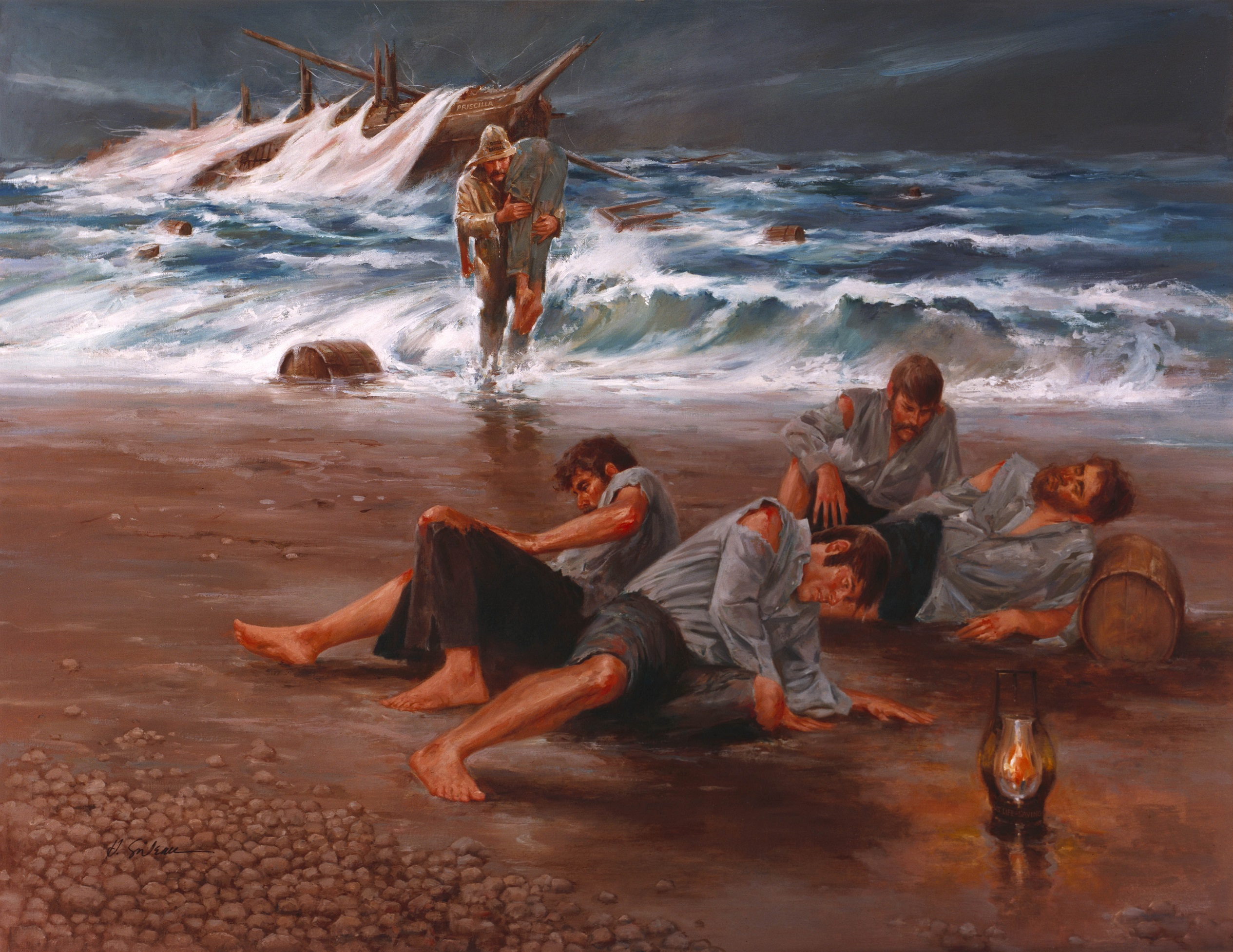 e rescue occurs where life is lost, a description of the rescue must be included in the Life-Saving Service Annual Report. The case must be documented to prove that it was not the fault of the station for the loss of life. In 1881, the Thomas J. Lancaster was one of four wrecks where life was lost, and the wreck garnered much attention.
e rescue occurs where life is lost, a description of the rescue must be included in the Life-Saving Service Annual Report. The case must be documented to prove that it was not the fault of the station for the loss of life. In 1881, the Thomas J. Lancaster was one of four wrecks where life was lost, and the wreck garnered much attention.
Little Bannister Midgett’s wife, Sabrina, played an important role in the Thomas J. Lancaster rescue. She assisted the captain’s wife who lost her entire family in the wreck, and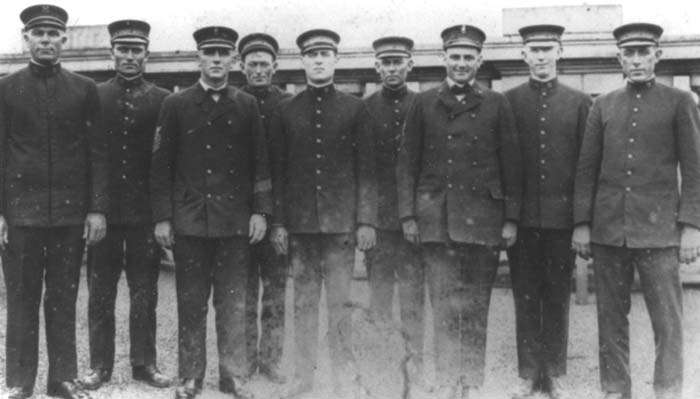 Sabrina distributed dry clothing gathered by the Women’s National Relief Association, as annotated in the Annual Report of the Treasury Department. This directly contradicts McNeil’s stories of women’s relationship with the sea being one of distance and jealousy and indicates that the Life-Saving Service was a commitment of the entire Midgett family.
Sabrina distributed dry clothing gathered by the Women’s National Relief Association, as annotated in the Annual Report of the Treasury Department. This directly contradicts McNeil’s stories of women’s relationship with the sea being one of distance and jealousy and indicates that the Life-Saving Service was a commitment of the entire Midgett family.
The comparatively small number of fatal wrecking events differs greatly from the 1899 Annual Report where a hurricane caused many tragedies, but the story of Erasmus “Rasmus” Midgett still managed to stand out. If you ask members of the Midgett family, they agree that Rasmus Midgett was the mightiest of them all . Rasmus was excluded from Wechter’s book not due to merit but to technicality. The Mighty Midgetts of Chicamacomico, had no room for a Midgett that did not serve at Chicamacomico.
The rescue that earned Rasmus Midgett his reputation occurred in August of 1899, during the infamous San Ciriaco Hurricane. Midgett was conducting a morning patrol, and it was so dark that he could scarcely see where he was going. Just under a mile away from the station, he noticed pieces of debris washing up on shore – evidence of a wreck. He continued another two miles, until he began hearing the cries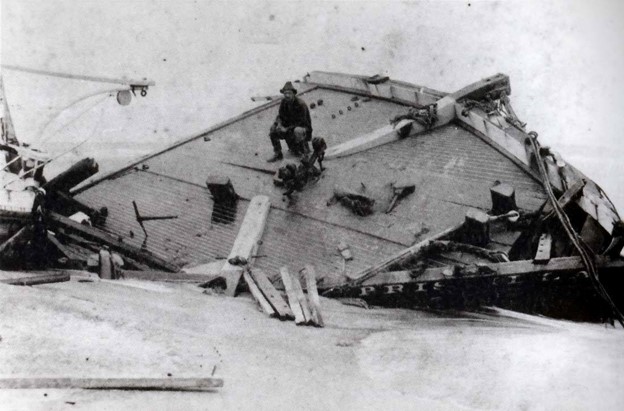 of men asking for help. While the darkness and the stormy skies prevented him from seeing anything, he dismounted from his horse a
of men asking for help. While the darkness and the stormy skies prevented him from seeing anything, he dismounted from his horse a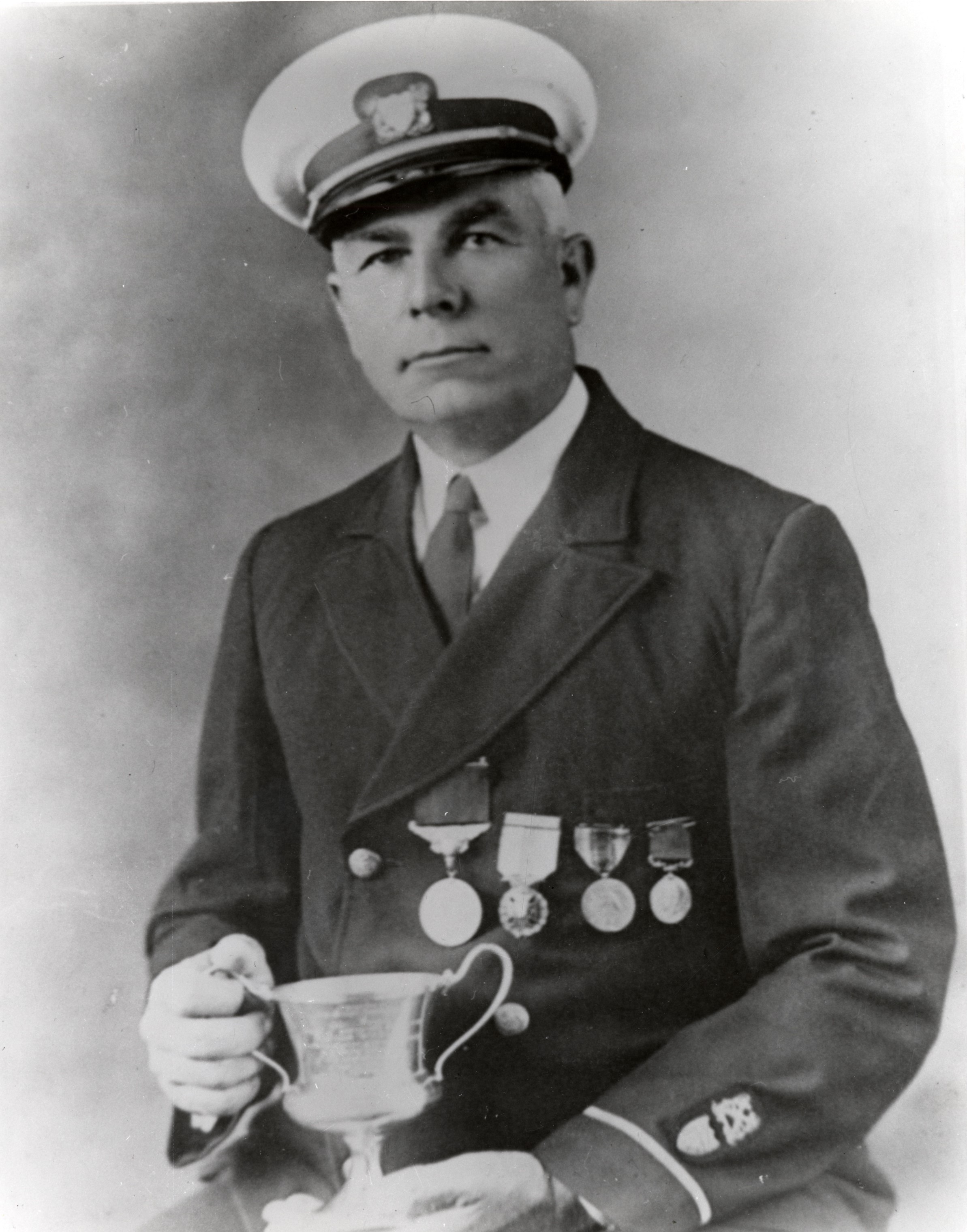 nd neared the edge of the water. He made out the wreck, with survivors still clinging to it. He knew if he rode back to the station to get help, he would not return in time to save the victims aboard Priscilla. Instead, Midgett decided to wade into the heavy seas, waiting until each wave retreated to rush out to the wreck. Once he reached the wreck, he encouraged one man to jump in the water and walked him to shore. Midgett repeated this tactic seven times, successfully hauling the withered men to safety. However, three remaining men were too injured to jump, so Midgett returned to the wreck, carrying each of the men from the wreck to shore. While the seven still able to walk began the trek to the station, Rasmus rode ahead to get a horse and cart for the three injured survivors. For performing his successful single-handed rescue, at great personal risk, Midgett was awarded the Gold Lifesaving Medal.
nd neared the edge of the water. He made out the wreck, with survivors still clinging to it. He knew if he rode back to the station to get help, he would not return in time to save the victims aboard Priscilla. Instead, Midgett decided to wade into the heavy seas, waiting until each wave retreated to rush out to the wreck. Once he reached the wreck, he encouraged one man to jump in the water and walked him to shore. Midgett repeated this tactic seven times, successfully hauling the withered men to safety. However, three remaining men were too injured to jump, so Midgett returned to the wreck, carrying each of the men from the wreck to shore. While the seven still able to walk began the trek to the station, Rasmus rode ahead to get a horse and cart for the three injured survivors. For performing his successful single-handed rescue, at great personal risk, Midgett was awarded the Gold Lifesaving Medal.
Rasmus is often considered the mightiest Midgett. However, Capt. John Allen Midgett Jr., keeper of Chicamacomico station from 1916 to 1937, garnered significant attention for his brave actions in the wreck of the SS Mirlo in 1918. Son of New Inlet Station Keeper John Allen Midgett, John Midgett, Jr., was raised to serve in the Life-Saving Service and worked his way up to keeper of the Chicamacomico Station in August 1918. Seven miles from the station, the British tanker Mirlo was hit by a German torpedo, causing an explosion seen by Leroy Midgett, the surfman on watch at the station. While Captain Midgett prepared his motor lifeboat to assist those on Mirlo, a second explosion ripped open the tanker, prompting the captain to order abandon ship.
When Capt. Midgett arrived with his six-surf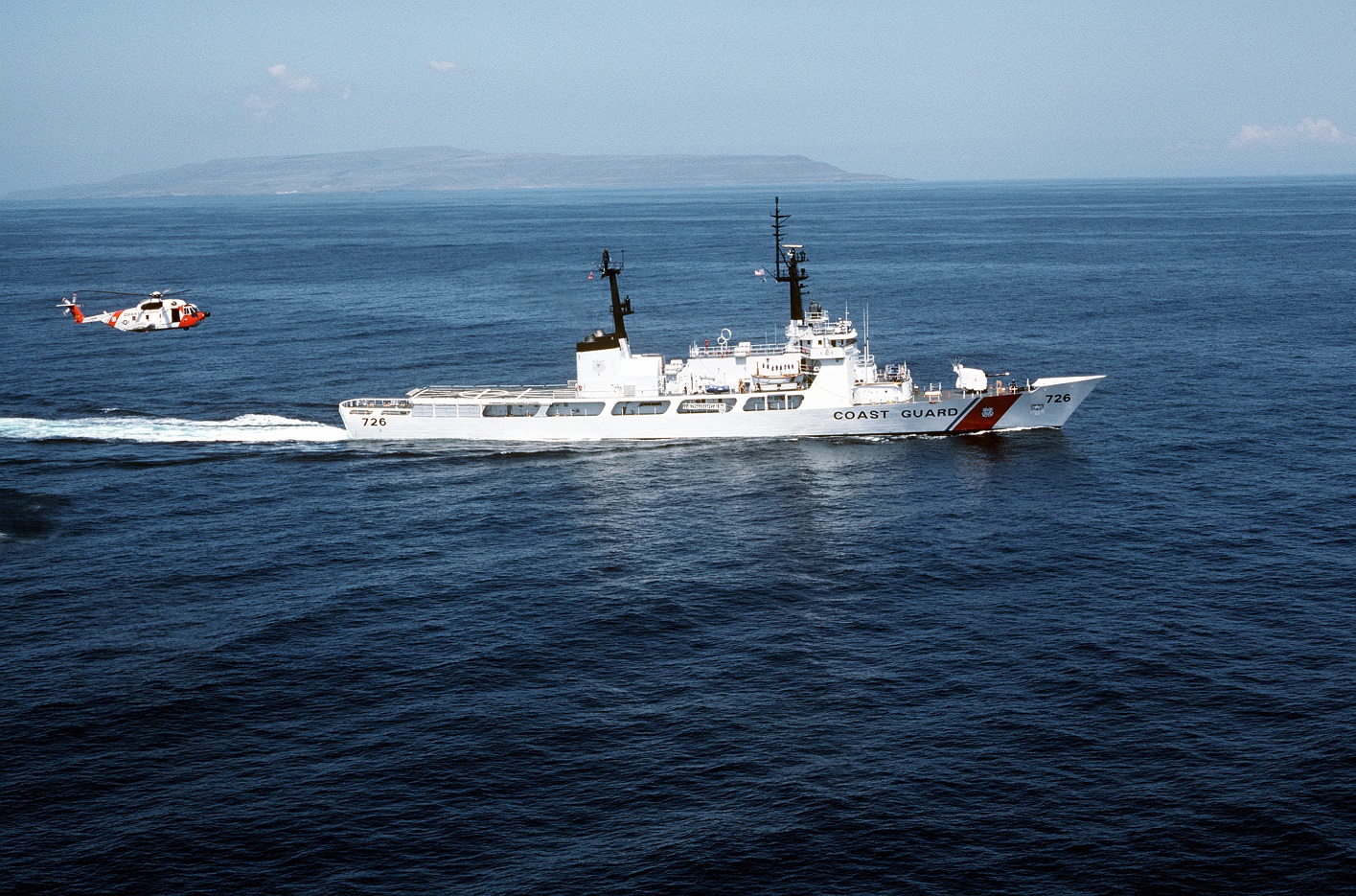 man crew, the situation had worsened. One of Mirlo’s lifeboats had capsized while being lowered into the water, leaving 16 men clinging to its exposed hull. A third and final explosion broke the ship in two, spilling gasoline into the water and causing walls of flames and smoke. The first lifeboat the lifesavers encountered was that of Mirlo’s captain, who informed them of the other two lifeboats, and that one had capsized. Instructing the captain to take his boat closer to shore, Midgett turned back to the maze of smoke and fire, and he navigated to the overturned lifeboat, saving the remaining six men clinging to the boat. Capt. Midgett had to circle the dangerous wreck site several times before finding the last of the three lifeboats. At great risk to both his personal safety and the safety of his crew, Midgett rescued 42 of the 52 men that had been aboard Mirlo.
man crew, the situation had worsened. One of Mirlo’s lifeboats had capsized while being lowered into the water, leaving 16 men clinging to its exposed hull. A third and final explosion broke the ship in two, spilling gasoline into the water and causing walls of flames and smoke. The first lifeboat the lifesavers encountered was that of Mirlo’s captain, who informed them of the other two lifeboats, and that one had capsized. Instructing the captain to take his boat closer to shore, Midgett turned back to the maze of smoke and fire, and he navigated to the overturned lifeboat, saving the remaining six men clinging to the boat. Capt. Midgett had to circle the dangerous wreck site several times before finding the last of the three lifeboats. At great risk to both his personal safety and the safety of his crew, Midgett rescued 42 of the 52 men that had been aboard Mirlo.
In recognition of the personal risk taken (several of the surfmen sustaining burns), and the overall success of the rescue, the U.S. government awarded Capt. Midgett and his crew Gold Life-Saving Medals. In addition, the British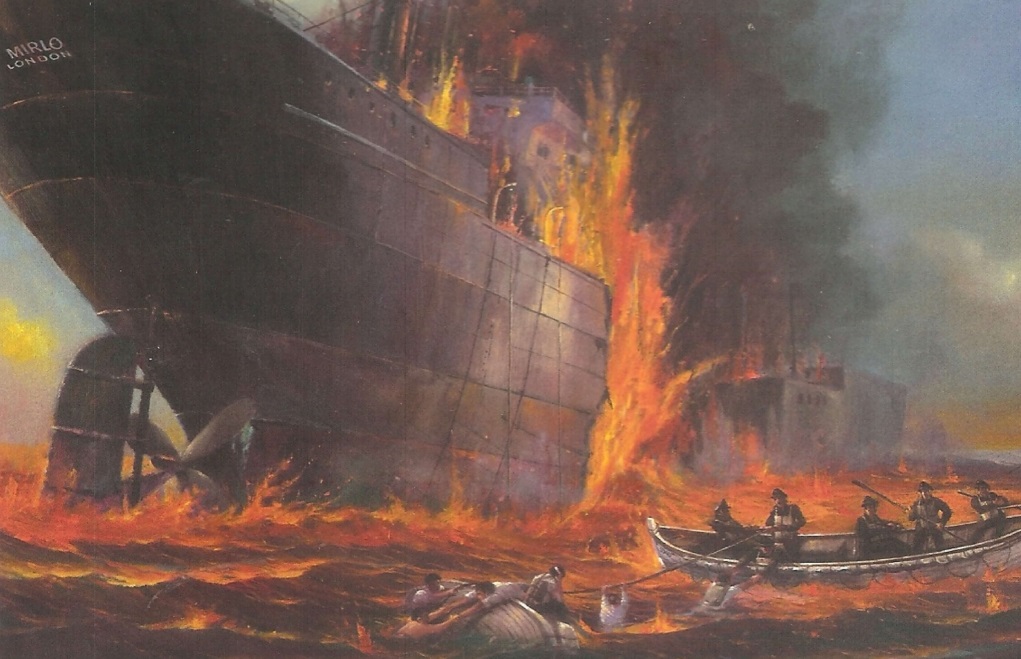 government awarded the men Victory Medals. Five out of the six surfmen in the crew had the last name Midgett, and the sixth, an O’Neal, was married to a Midgett, demonstrating the Midgett family’s heritage to Coast Guard service in North Carolina.
government awarded the men Victory Medals. Five out of the six surfmen in the crew had the last name Midgett, and the sixth, an O’Neal, was married to a Midgett, demonstrating the Midgett family’s heritage to Coast Guard service in North Carolina.
Chicamacomico’s last keeper was Levene Midgett. He served from 1938 to 1954, when the Coast Guard decommissioned the Chicamacomico Station. Like the keepers before him (including his uncle, Little Bannister 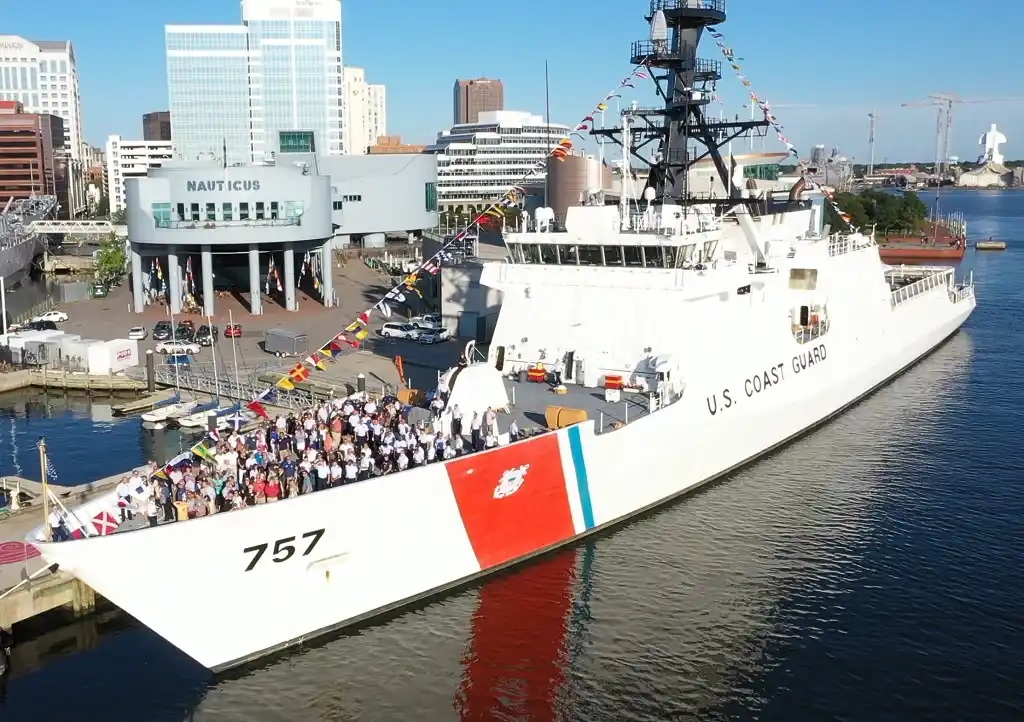 Midgett), Keeper Midgett earned the “mighty” reputation in a rescue case. In December 1931, a small fishing trawler named Anna May ran aground on Outer Diamond Shoals. Any attempt at rescuing the five men required a treacherous journey across the shoals. Collaborating with the keeper of the Cape Hatteras Station, Midgett and his men made it out to the shoals twice before finally locating the wreck, rescuing all aboard and earning him the Silver Lifesaving Medal.
Midgett), Keeper Midgett earned the “mighty” reputation in a rescue case. In December 1931, a small fishing trawler named Anna May ran aground on Outer Diamond Shoals. Any attempt at rescuing the five men required a treacherous journey across the shoals. Collaborating with the keeper of the Cape Hatteras Station, Midgett and his men made it out to the shoals twice before finally locating the wreck, rescuing all aboard and earning him the Silver Lifesaving Medal.
On July 2, 1972, the North Carolina Navy League Council and the U.S. Coast Guard celebrated a special “Midgett Day.” This day recognized the contributions of the Midgett family, as well as the heroism of John Allen Midgett during the Mirlo rescue. The day included the unveiling of the Coast Guard’s newest high-endurance cutter named Midgett, with many members of the Midgett family gathered to celebrate their shared heritage. Younger generations of Midgetts continue to follow in their family’s footsteps and join the Coast Guard. So much so, that the service has been nicknamed “Midgett’s Navy.” The Midgett’s commitment to the Coast Guard perpetuates the well-earned family reputation of being mighty!